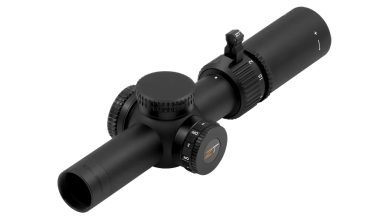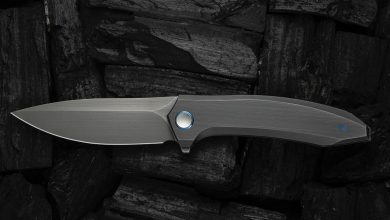Understanding Different Rifle Actions
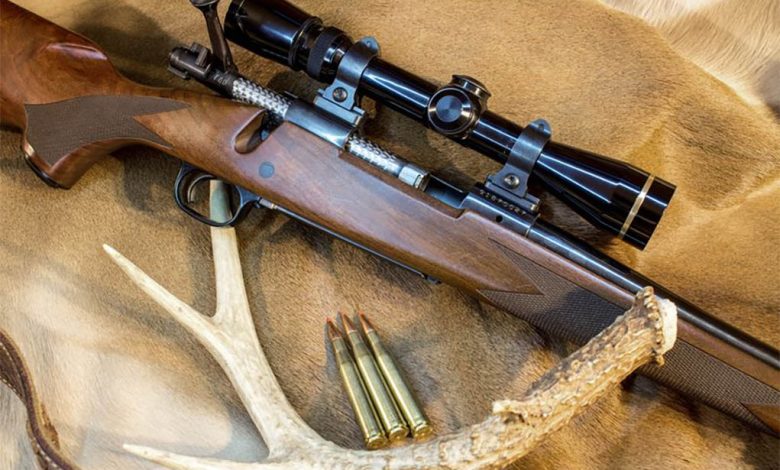
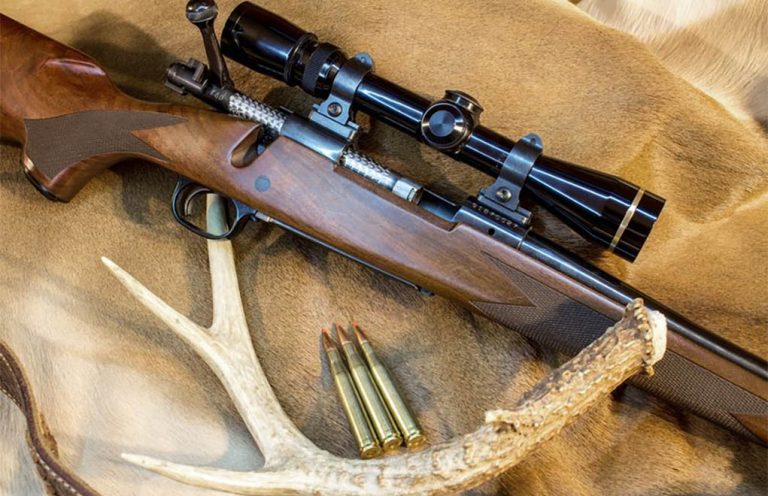
We discuss the pros and cons of various rifle actions to better understand their strengths and their limitations.
Standing in snowshoes, trudging up a nasty slope in 2 feet of snow after a December storm in the Catskill Mountains, I had doubted my sanity until I caught sight of the buck creeping through the hemlocks. Steadying myself as best I could on the evil footwear, I brought the Tikka T3X Lite to shoulder, and sent the AccuBond on its way. Working the bolt, I had no need to fire another shot; the 7mm-08 Remington had done its job. If you’ve ever hunted those hills, you know there aren’t deer behind every boulder.
I have a good amount of hunting rifles to choose from, but this little Tikka is very light, making it a perfect choice for the more rugged parts of the Catskills. I’m not a sheep hunter who counts ounces, but I sure do appreciate a lighter rifle when things get steep. Come down from the Catskills and into the Hudson Valley, with its farm fields, thick woods and everything in between, and rifle weight plays less into the equation.
My dad bought a Winchester Model 100 autoloader in the 1970s, when there were plenty of doe tags, and he would routinely take multiple deer when opportunity knocked. The Model 100 isn’t very heavy, and he relied on it for firepower, needing the rapid second and third shots on the fruit farm that could be quickly destroyed by deer.
The lever gun can offer rapid firepower as well, though they’re usually chambered for rimmed, round-nosed cartridges that perform best inside of 150 yards. The pump- or slide-action rifle had a bigger following in years past but can still be an effective hunting tool. The single-shot and double rifles are also a viable option, though they do come with their own issues. Invariably, the bolt-action rifle reigns supreme in the hunting world, with good reason.

The hunting rifle action that works best for you will most likely be determined by the type of hunting you do and the species you pursue. An AR might be perfect for deer and hogs, and for predators and varmints, but it probably won’t see much time in the sheep mountains. And while I absolutely love my Heym double rifle, carrying a .470 Nitro Express on a pronghorn hunt doesn’t exactly make much sense.
Let’s look at the different rifle actions available to us, and highlight their strengths and weaknesses, as well as their best applications.
The Bolt-Action
We owe a ton to Peter Paul Mauser, whose Model 98 might just be the pinnacle of the design, despite being more than 120 years old. Many of our favorite bolt guns are based—in one way or another—on Mauser’s dual-lug design, including the Winchester Model 70. And though a century ago the lever-gun ruled the roost, the latter half of the 20th century saw the bolt action rifle take over.
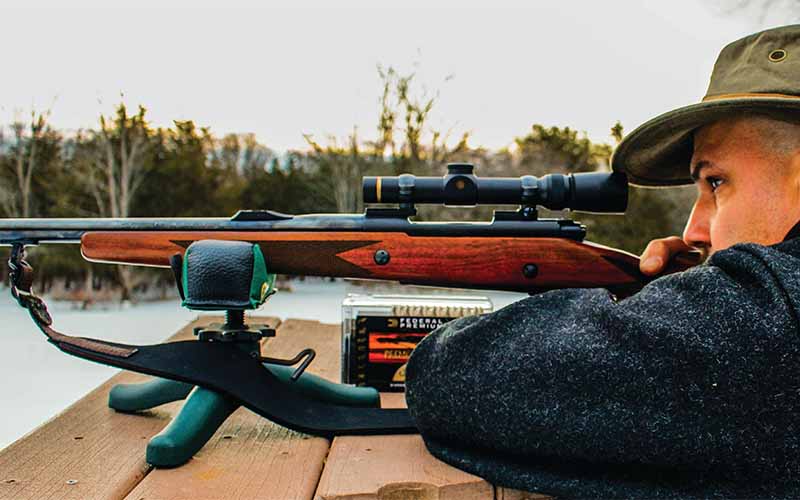

First, it’s a strong design and can handle high pressures, easily housing magnum cartridges. The locking lugs turn into slots in the receiver, firmly sealing the breech. Second, it’s a rigid action, which lends itself to the best accuracy. The one-piece stock also enhances accuracy.
Third, it can be adapted to handle just about any cartridge, though the rimmed cases don’t really like to feed from a box magazine. The bolt-action rifle can be equally at home in a varmint rifle (I still love my old Ruger 77 MKII in .22-250), a deer, elk or moose rifle (I love .300 Magnums) or a true dangerous game rifle for brown bear, Cape buffalo or elephant (don’t even get me started about my Heym .404 Jeffery).
A bolt-action rifle allows the low mounting of a riflescope over the center of the bore and accounts for the action’s increase in popularity, as optics became more reliable in the second half of the 20th century. The bolt-action’s trigger can be tuned to break very lightly, and usually the adjustment is easier than on that of other action types.
Add all this together, along with the ease of manufacture that can lend to affordability, and you can see why the bolt action has ascended to the throne. They can be lightweight—perfect for mountain hunts—or equipped with short barrels for thick brush … or bedecked with long tubes to wring every last bit of velocity from your cartridge. Many models can be field-stripped without difficulty, and basic service isn’t a big deal. Were I pressed to use just one action type for the rest of my career, it’d be a bolt action.
The Lever-Action
As American as apple pie, the lever gun represents the American West, the Eastern deer woods, gold strikes, exploration and so much more. It was the first successful repeating rifle action, offering an unprecedented level of firepower in comparison to the single-shot muzzleloaders of the Civil War era. The latter half of the 1800s, and the early part of the 1900s, were absolutely dominated by the lever-action rifle, with hunters of all classes enjoying the fine designs.


Whether it’s a simple .30-30 Win., a classic .45-70 Govt. or one of the more rare and wonderful cartridges like the .348 Winchester or .219 Zipper, a lever gun can be a helluva lot of fun. The traditional designs offer a different experience, as they’re usually iron sighted, with top ejection preventing the use of low, center-mounted scopes.
Using tubular magazines, many lever guns are limited to flat or round-nose bullets, unless you opt for the Hornady LeveRevolution ammo with the FTX bullet and its pliable polymer tip. But I prefer to use a traditional lever rifle as it was intended: round-nose bullet, rimmed cartridge, relatively slow velocity. At close ranges, they work wonderfully. Keeping the butt on your shoulder, you can quickly cycle the action while staying on target for a quick follow-up shot.
The lever gun certainly evolved as time progressed, beginning with the Savage Model 99, which uses a rotary magazine and allows for the use of spitzer bullets and rimless cartridges. Winchester followed suit in the 1950s with their excellent Model 88, and Browning introduced what may be my favorite modern lever gun in their BLR in the early 1970s. All of these rifles can be scoped, and all have the potential for wonderful accuracy, despite the two-piece stock.
I tested a Browning BLR Lightweight ’81 Stainless Takedown in .30-06 Springfield that’d deliver ¾-MOA accuracy all day long. If you like the speed of a lever gun, but the cartridges of the bolt-action, one of these rifles will check the boxes, and can deliver the necessary accuracy out to sane hunting ranges. That BLR is even available in some common magnum cartridges like the 7mm Remington Magnum and .300 Winchester Magnum. With detachable box magazines, this class of lever gun qualifies as an all-around choice.
The Autoloader
This oft-maligned group of rifles most certainly has a place in the hunting world, and like the bolt and lever guns, comes in many guises. From the Remington Model 8 chambered in .35 Remington to the latest AR-15, the function of all these rifles is essentially the same.
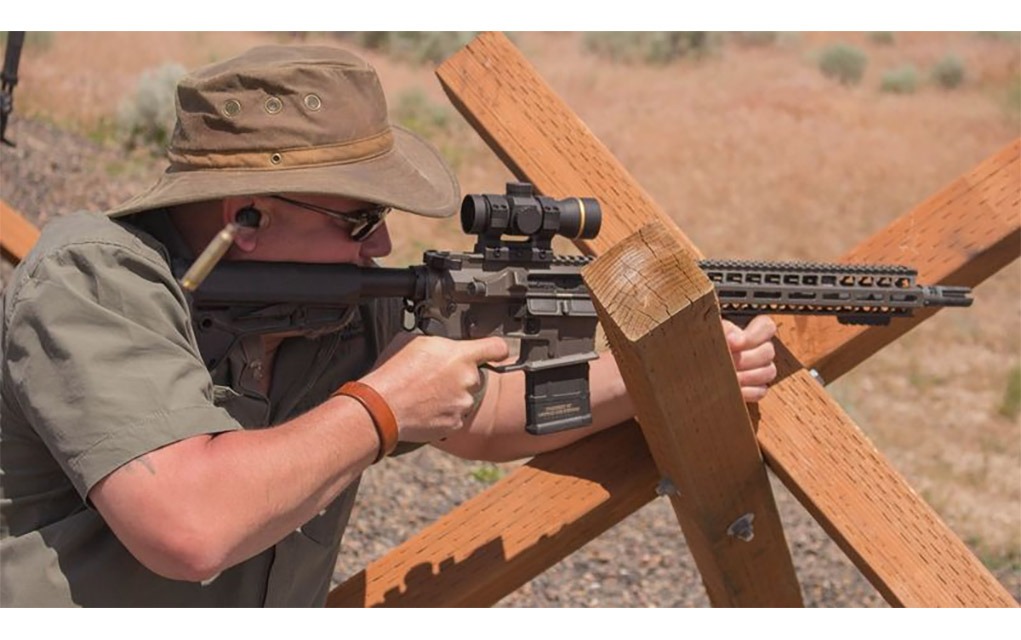

When I was a younger man, the Remington 7400 autoloaders were extremely popular in my world; I suppose the quick follow-up shots had significant appeal. I remember a bunch of those rifles being rather inaccurate, and a plastic bushing that used to foul up, causing the rifle to malfunction. That aside, I took my first good whitetail with a borrowed 7400 in .280 Remington. The Ruger 44 Carbine was a handy little gun.
The autoloaders tend to be a bit heavier and can be noisy to load, or clear, in the woods. Many modern ARs can be wonderfully accurate and make an effective hunting tool. I don’t personally spend a lot of time hunting with them, but they’ve certainly become popular among deer hunters. They’re excellent for calling coyotes in open country, where multiple targets aren’t uncommon and where running shots can be the norm.
I’ve seen a number of autoloaders fail to go into battery, only to have the shooter find out when trying to fire the rifle. It usually requires cycling the action, which will more than likely ruin whatever shot opportunity you had. Still, there’s nothing wrong with an autoloader—just don’t try to substitute firepower for a well-placed shot.
The Pump (Slide Action)
These rifles are the least popular, yet they most definitely have their place. Pump rifles are popular in Europe, especially on driven hunts where autoloaders are prohibited. I spent some time with the Krieghoff Semprio, a strange rifle that operates sort of backward, with the forend (and the receiver) moving toward the muzzle to open the action … and rearward again to close it. Counterintuitive to every pump I’ve ever used, it’s strange as the scope moved away from my eye and came rushing back on the return stroke. But I must say, the rifle was accurate.
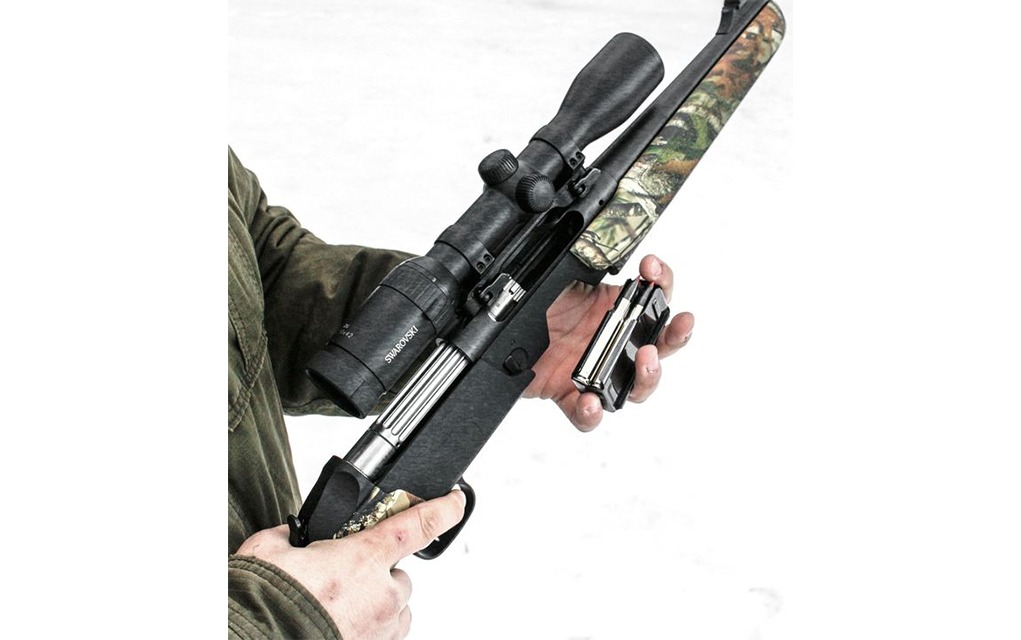

With a two-piece stock and all sorts of things moving on a pump rifle, you shouldn’t expect the hair-splitting accuracy of bolt guns, but they can be minute-of-deer-heart, so for the woods hunter, it can be a fun rifle with which to hunt.
The Single Shot
This group is revered for its simplicity of design and a natural derivative of the muzzleloading rifle. Whether falling block or break action, the single-shot rifle can be made shorter and lighter than their repeating relatives because no receiver is needed. They can house any style of cartridge, and those falling block rifles—like the Farquharson-based Ruger No. 1—can handle magnums with ease.
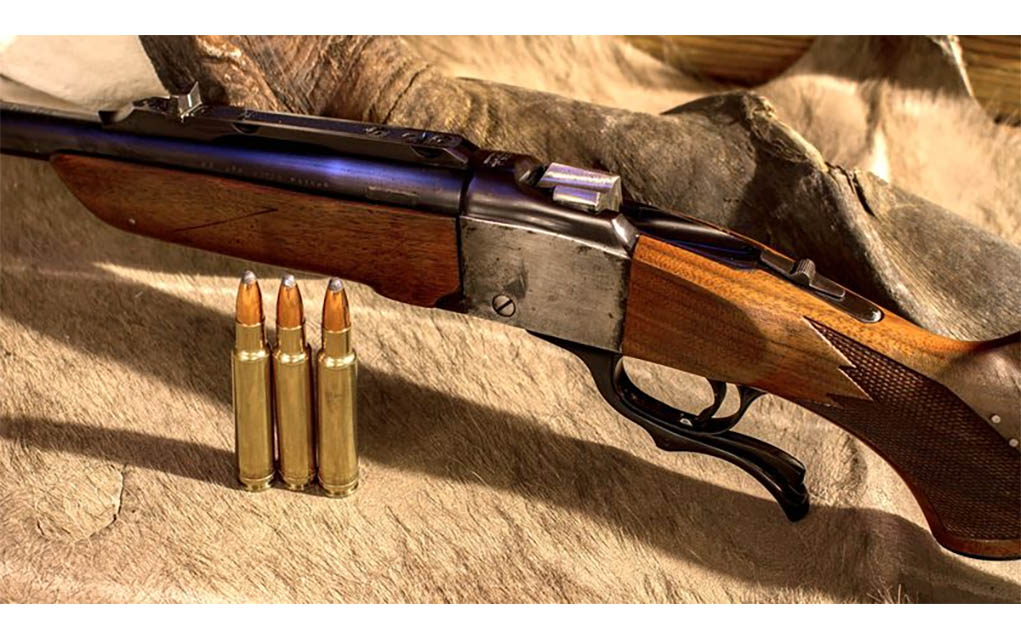

Many hunters cut their teeth with a Harrington & Richardson break-action rifle, and Bill Ruger’s No. 1 and No. 3 have a devout following. There’s a certain mindset associated with single-shot rifles—having only one shot often makes you a more focused rifleman.
If you enjoy a single-shot rifle, there’s no reason not to take it on any hunt, and you’ll see them in just about every hunting situation. Hunting dangerous game with a single shot isn’t out of the question, but you may be looking at a situation where your Professional Hunter may be forced to fire a backup shot.
Some very fancy single-shots are available from bespoke shops and custom gunmakers. Folks like Martin Hagn or Luxus Arms can make some jaw-dropping rifles. Light, short and handy, single-shots are a solid choice.
The Double Rifle
There’s something special about a double rifle; the twin pipes offer something cool and unique, and in the large Nitro Express calibers, there’s no quicker second shot. Getting two barrels to hit the same point is no easy feat and often labor-intensive, which is the primary reason the double rifle is so expensive. I’ve used several different models, from a scoped Kreighoff in 8x57R, to Heym Model 88B and 89B rifles, to the over/under Heym Model 26B in .45-70 and shot Rigbys, Boswells, Jefferys, Westley Richards and more.
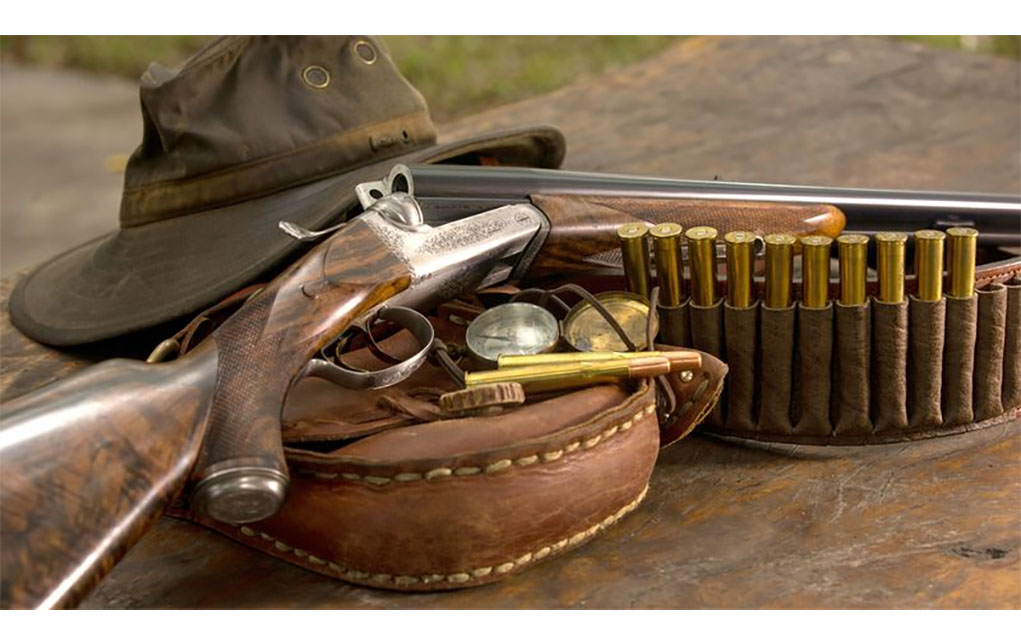

There are pleasures and pitfalls with the double rifle. They’re obviously heavier than their single-barreled counterparts, and though they can be scoped or have a reflex sight mounted, part of the romance is the wide-V rear sight and bold front bead. An iron-sighted rifle will definitely limit your shot opportunities; it’s part of the deal. You’ll want to spend some quality range time learning how to manipulate dual triggers, as well as the art of reloading without looking.
That said, if you’re an aficionado of Africa, few experiences will rival hunting Cape buffalo with a double rifle. I’ve taken a few with my Heym Model 89B .470 NE, and those hunts are among my fondest memories afield. The double rifles are usually associated with harder-kicking cartridges, though the additional weight of a double rifle will help mitigate that. Carrying that gun in the African heat for miles can be tough, but it’s nice to put a period at the end of the sentence when the shot opportunity arises, and that second barrel can save your bacon.
Editor’s Note: This article originally appeared in the September 2022 issue of Gun Digest the Magazine.
Raise Your Rifle IQ:
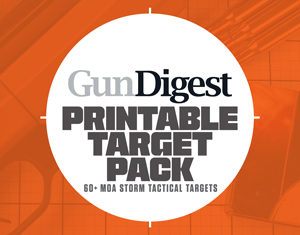

Next Step: Get your FREE Printable Target Pack
Enhance your shooting precision with our 62 MOA Targets, perfect for rifles and handguns. Crafted in collaboration with Storm Tactical for accuracy and versatility.
Subscribe to the Gun Digest email newsletter and get your downloadable target pack sent straight to your inbox. Stay updated with the latest firearms info in the industry.


